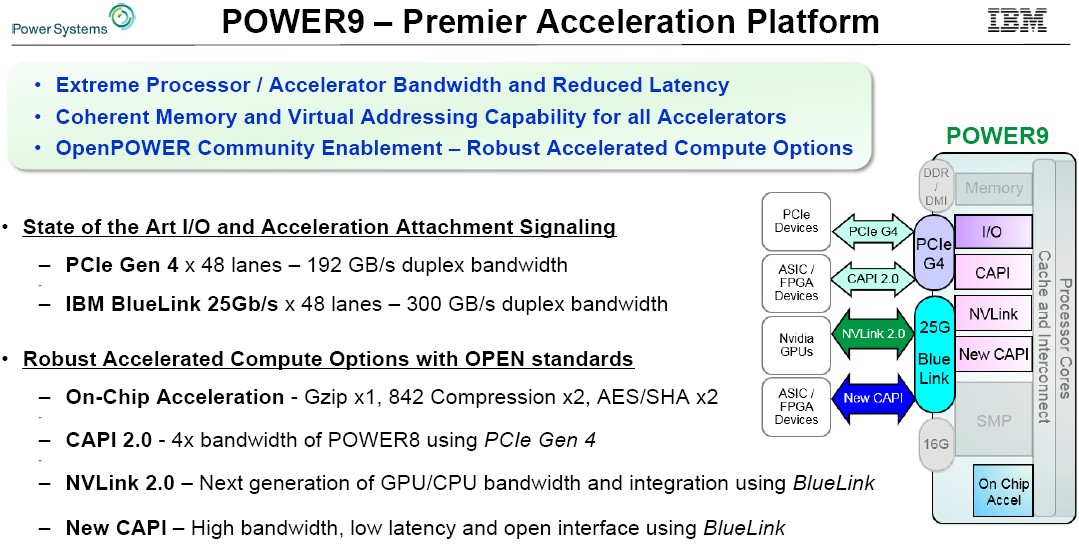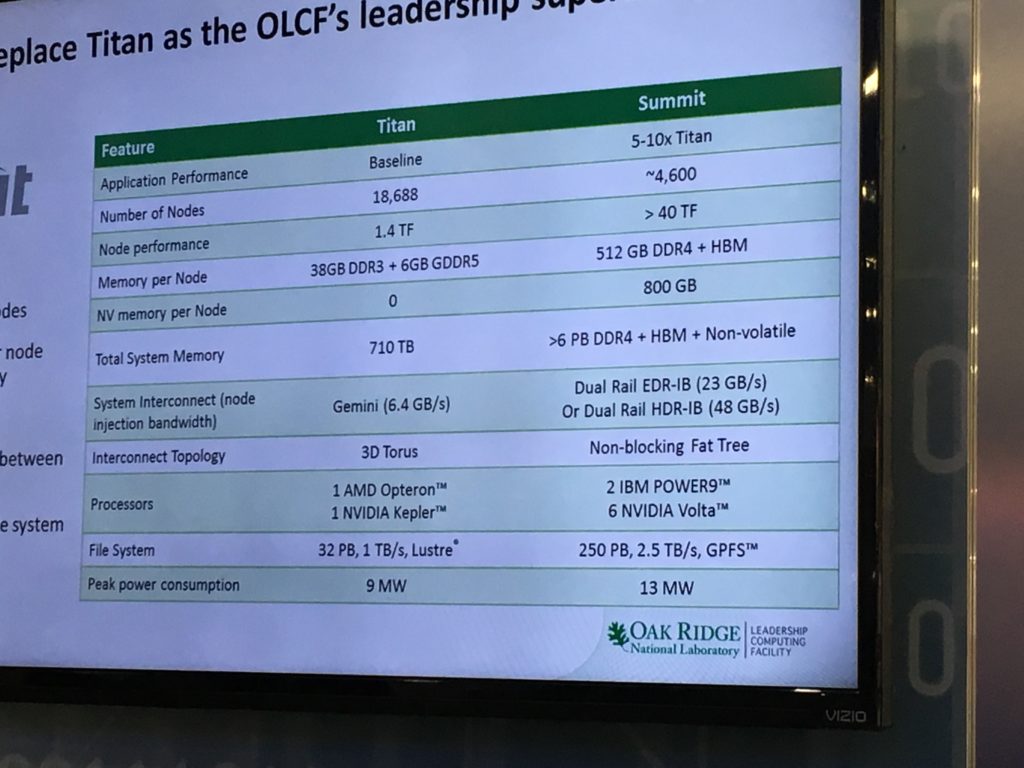They are skipping 10nm, 7nm will be their next node, as for the release timeframe for Volta, it's certainly been accelerated, and since it will still be on 16nm I see no reason for them not to release it, there won't be prohibitive cost increase or anything. I imagine the chips at each tier will be larger, they each have 25% more area to go
Typo..I meant to say 10nm.. Also I should have clarified..I was referring to GV100 specifically. GP100 is pretty much maxed out in terms of die size and GV100 couldn't be much larger. They would probably be able to increase density a bit but would basically have to increase perf/W and/or perf/mm2 to see a substantial gain over GP100. Given how efficient Pascal already is..I wonder how much scope there is.


